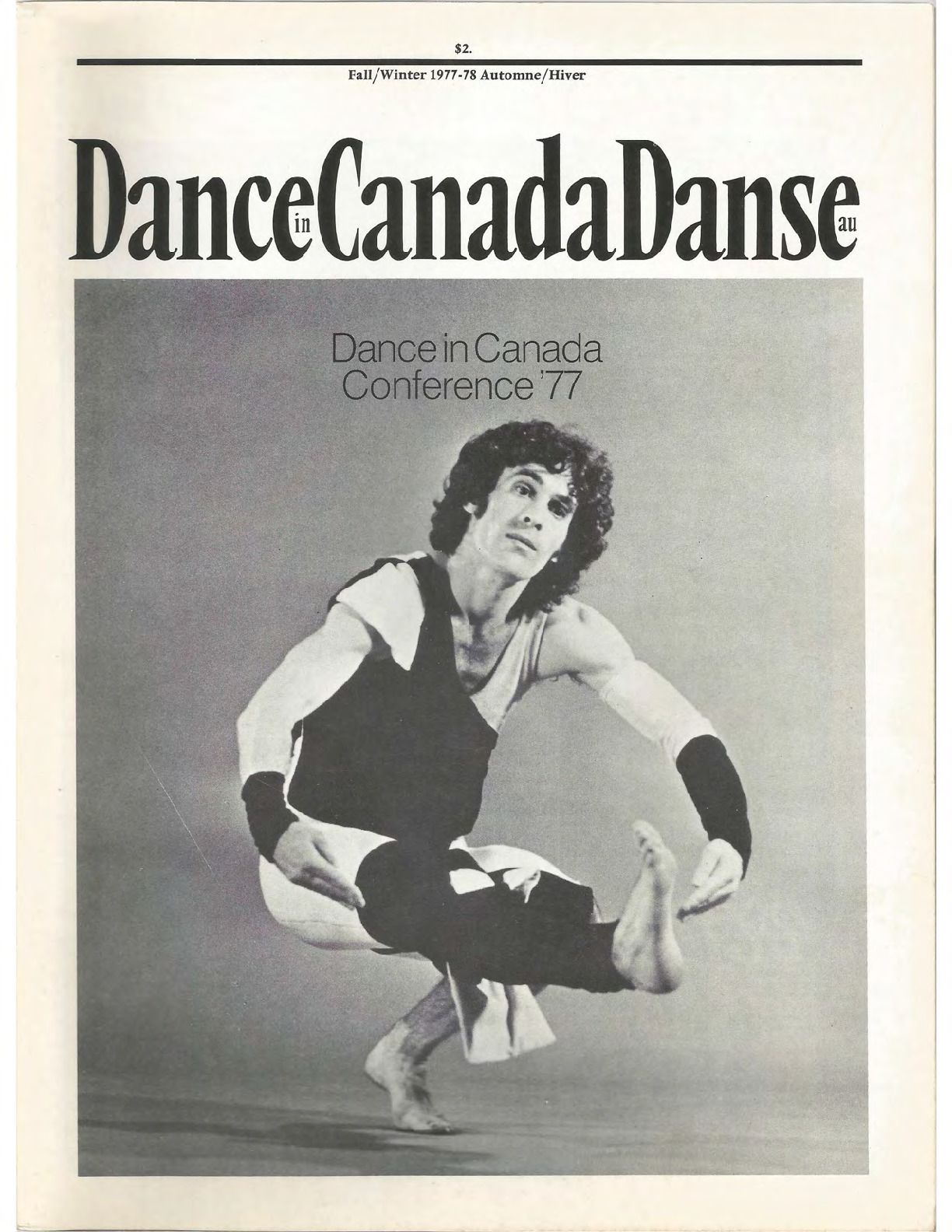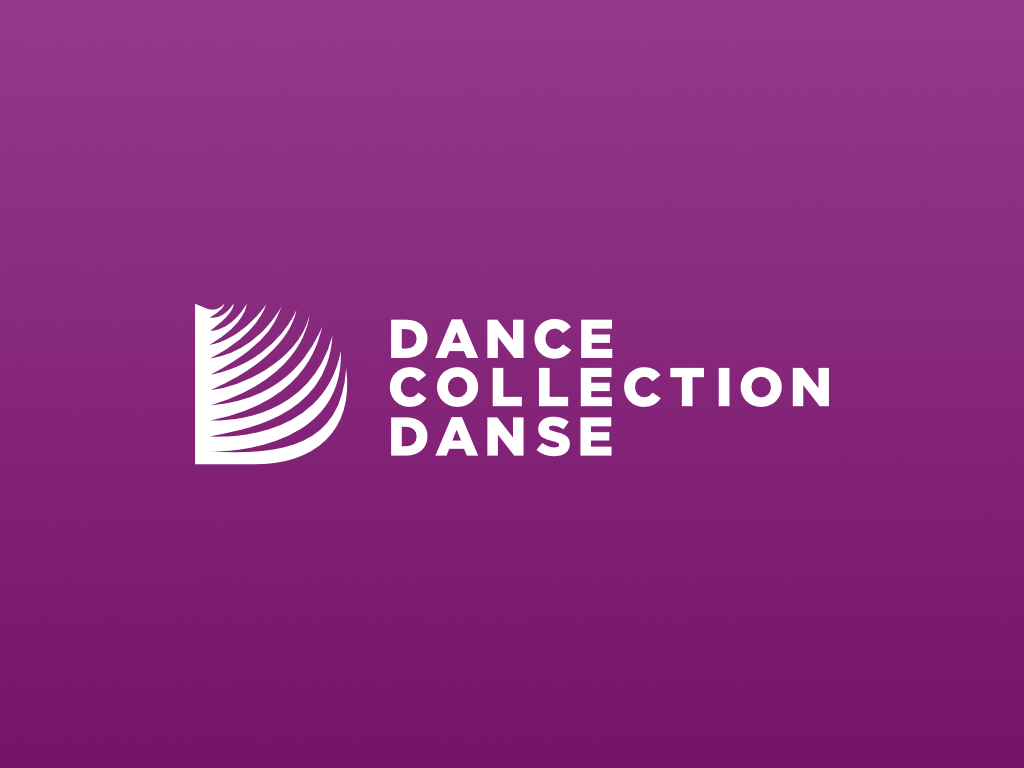Dance in Canada Magazine Number 14, Fall/Winter 1977/1978
Added 29th Apr 2021 by Beth Dobson (Archives and Programming Assistant, DCD) / Last update 2nd Mar 2022
The description of this Item
Contains the following articles:
- Editorial by Susan Cohen
- Dance in Canada Conference '77: Many Minutes of the Meeting by Elizabeth Zimmer
- Growing Pains by Michael Crabb
- Three Philosophical Approaches to Dance by Rose Hill
- Northern Saskatchewan Diary by Maria Formolo
- Profile: Peter Randazzo by Virginia Solomon
- Training the Dancer II by Rhonda Ryman
- Letters from the Field
- In Review
- Noticeboard
The collections that this item appears in.
Tag descriptions added by humans
Choreography
Royal Winnipeg Ballet
Pedagogy
Touring
David Earle
Peter Randazzo
Susan Cohen
Le Groupe de la Place Royale
Toronto Dance Theatre
Michael Crabb
Conferences
Betty Oliphant
Maria Formolo
Veronica Tennant
Monique Michaud
Grants
Elizabeth Zimmer
Style
Lawrence Adams
Twyla Tharp
Jean-Pierre Perreault
Virginia Solomon
Regina Modern Dance Works
Nighthawks
Lauretta Thistle
Graham Jackson
Mary Fraker
Oscar Araiz
Adagietto
Continuum
Peter and the Wolf
Audiences
Rhonda Ryman
Workshops
Rose Hill
American Ballet Theatre
Holly Small
Artpark
Mikhail Baryshnikov
David Best
Agnes Mille
Beryl Dunn
Eliot Field
Iris Garland
Martha Graham
Jeffrey Ballet Company
Robert Jeffrey
Lincoln Kerstein
Tamara Karsayma
Kyra Lober
Martha Graham Dance Company
Fred Mathews
Lubomyr Melnyk
Kelly Rude
Marine Sheets
Tay
Unicorn, the Gorgon and the Manticore
The Nutcracker
Agnes de Mille
Astral Light
Luna
Mbira
Nanti Malam
Amber Garden
L'Assassin Menace
I Had Two Sons
The Letter
A Simple Melody
Starscape
Visions for a Theatre of the Mind
Jupiter's Moon
Andrea Smith
Keith Urban
David Weller
Housing
Aesthetics
Directors
Contact
Juries
Kinesiology
Dance in Literature
Manuels Technique
Phenomenology
Repertoire
Jackie Malden
Robert Greenwood
Books on Dance
Rite of Spring
Joan Sinclair
Toronto Free Theatre
Groupe Nouvell'Aire
Description of the objects in this Item
01/10/1977
Magazine
Dance in Canada Magazine Number 14, Fall/Winter 1977/1978
Dance Collection Danse
DCD's accession number for this Item. It is the unique identifier.
Auto-generated content
Tag descriptions added automatically
Auto-generated identification of objects in this Item
An autogenerated description of this Item
Auto-generated number of faces in the Item

